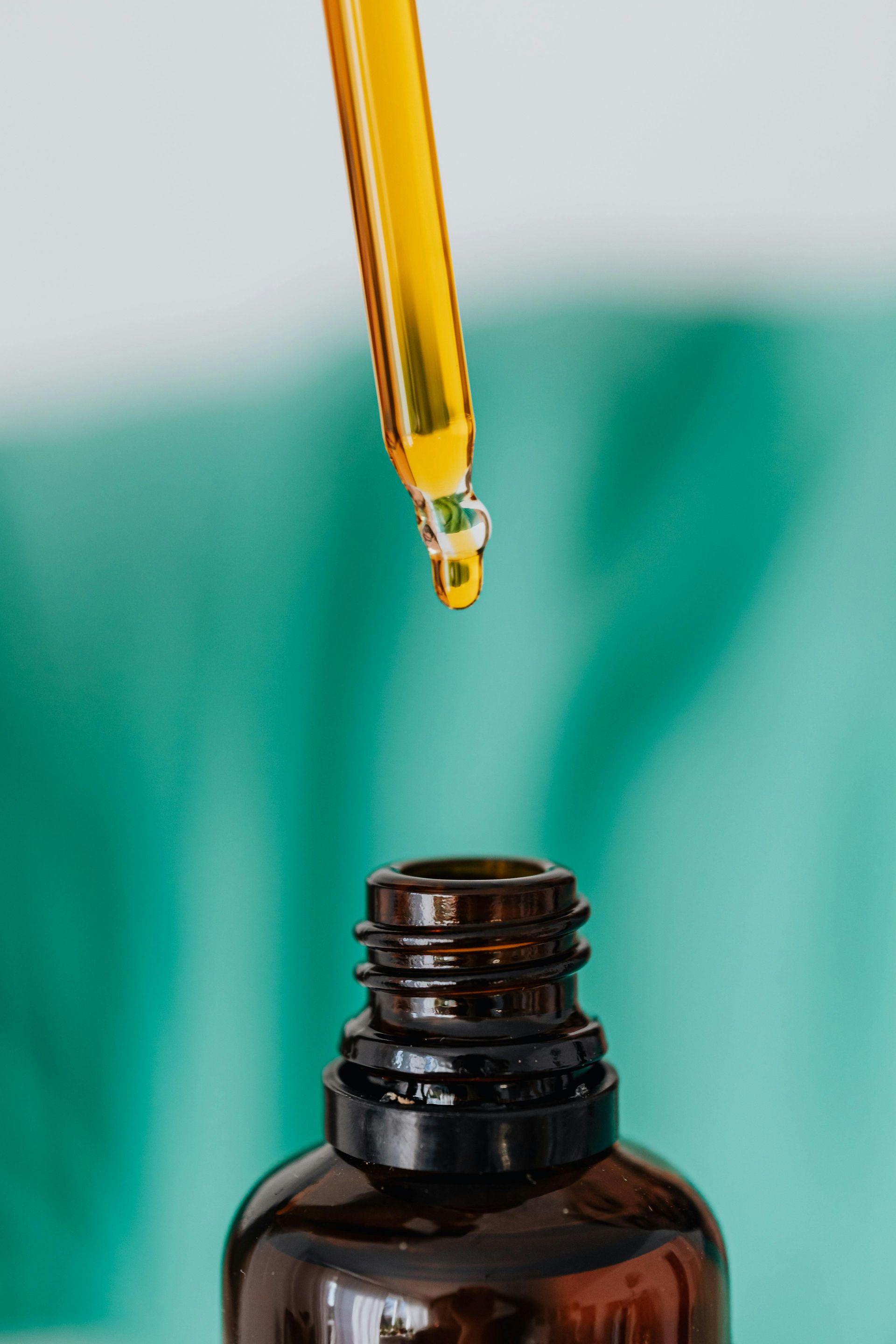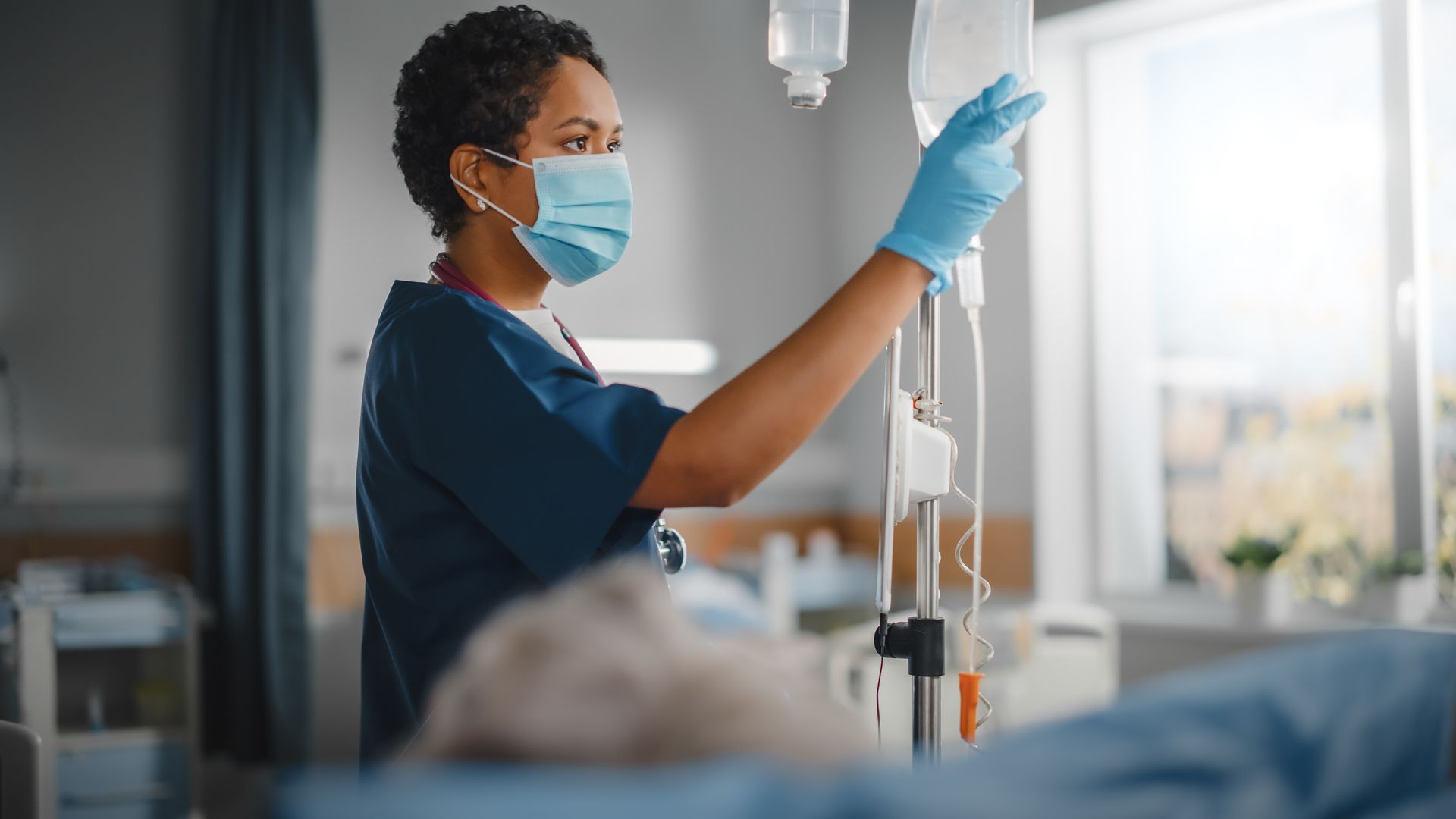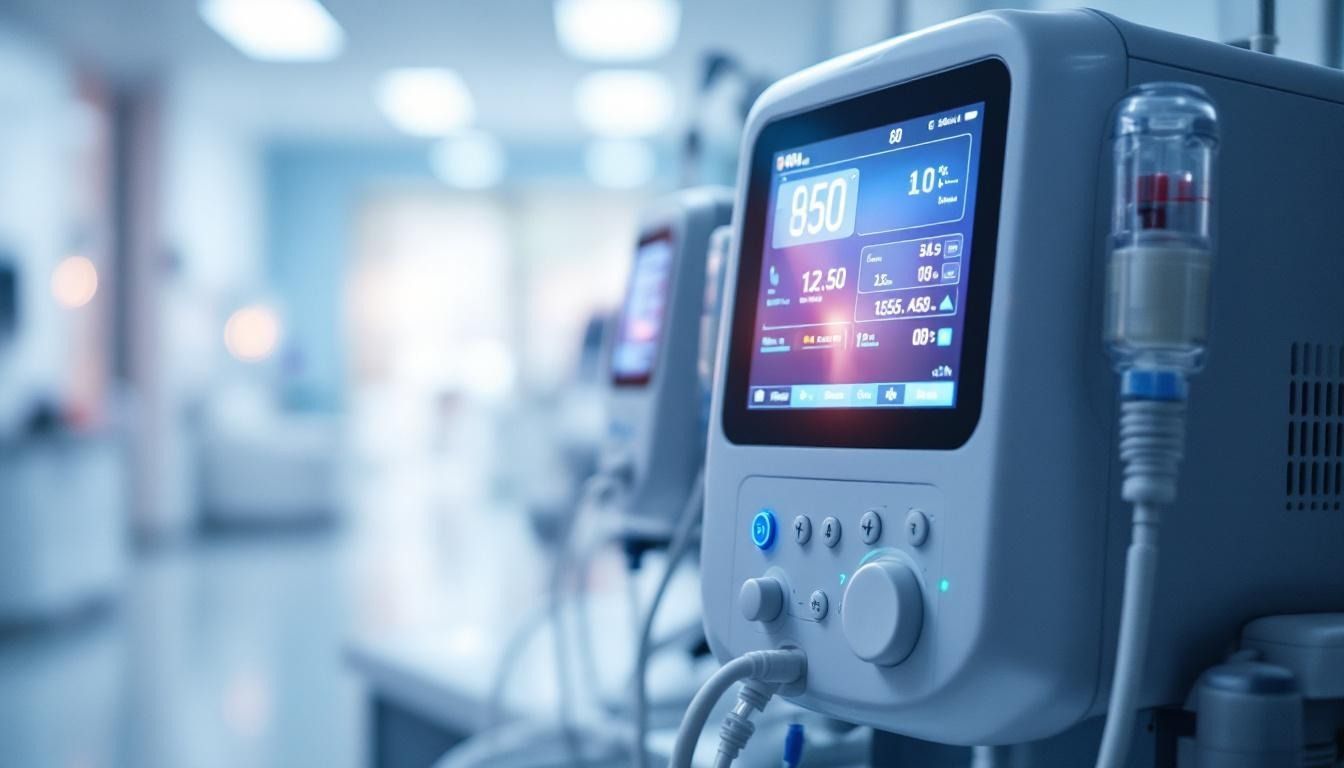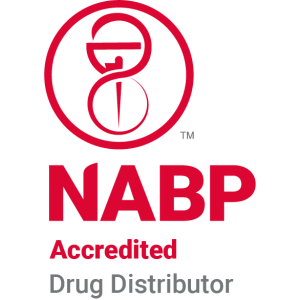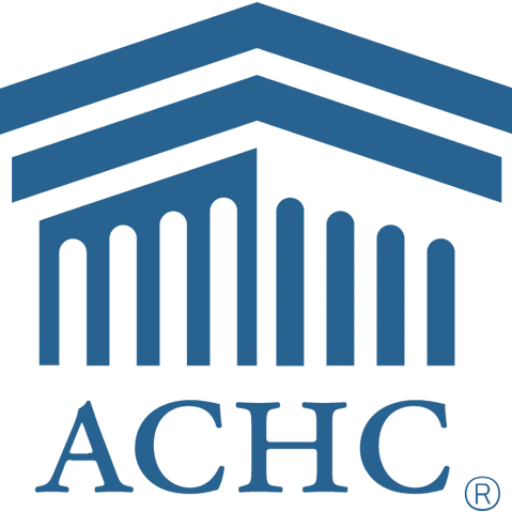What is sterile compounding for IV therapy?
The Vital Role of Sterile Compounding in Patient Care
Sterile compounding is a critical practice within pharmacy that focuses on preparing medications, particularly intravenous (IV) therapies, in a controlled and contamination-free environment. Its significance cannot be overstated, as it ensures patient safety by eliminating potential sources of infection and contamination in medications that enter the body directly. This article delves into the intricacies of sterile compounding, including the processes, safety standards, and the vital responsibilities professionals hold in maintaining the sterility of compounded sterile preparations (CSPs).
What is Sterile IV Compounding?

Definition and Importance
Sterile IV compounding is a specialized process where intravenous medications are prepared in a controlled cleanroom environment. This practice uses aseptic techniques to ensure that these medications are free from contaminants, making them safe for patient injection. The significance of sterile compounding cannot be overstated, as even minor errors can lead to severe health complications for patients, such as infections or adverse reactions to contaminated medications.
Aseptic Techniques
The cornerstone of sterile compounding is the use of rigorous aseptic techniques. This involves maintaining a clean environment with regulated air quality, temperature, and pressure to prevent contamination. Pharmacy professionals must understand how to implement various procedures, such as proper gowning, equipment sterilization, and ensuring that all primary engineering controls (PECs) maintain an ISO Class 5 environment. These measures are critical for eliminating microbial contaminants that could adversely affect patient safety.
Certification and Training Requirements
To ensure proficiency in sterile compounding, pharmacy technicians undergo extensive training and assessments. Certifications such as the Certified Compounded Sterile Preparation Technician® (CSPT®) validate their expertise in this area. Training includes the fundamentals of sterile compounding, aseptic techniques, and ongoing competency evaluations to keep skills sharp. Compliance with regulations outlined by the U.S. Pharmacopeia (USP), including USP <797>, is essential, as these guidelines establish standards for preparation, personnel qualifications, and quality assurance in sterile compounding.
Ensuring Patient Safety: Infection Prevention through Sterile Compounding

How does sterile compounding contribute to patient safety and infection prevention?
Sterile compounding significantly enhances patient safety by ensuring that compounded sterile preparations (CSPs) are prepared in a controlled environment. This practice minimizes the risk of contamination through rigorous adherence to aseptic techniques. The guidelines set out in USP <797> systematically outline the standards for sterile compounding which reinforce environmental controls crucial for patient protection.
The sterile compounding process requires that pharmacy technicians and pharmacists receive extensive training in infection control measures. This training covers essential concepts such as proper gowning, equipment sterilization, and maintaining a cleanroom environment, all of which are vital in achieving sterility. By implementing strict protocols and maintaining stringent hygiene practices, these professionals help prevent microbial contamination.
Moreover, continuous monitoring and adherence to established procedures are critical. Research indicates that a high percentage of hospitals have documented policies for sterile compounding; however, the need for ongoing evaluation is underscored by the fact that up to 79.5% of errors occur in this area. To enhance accuracy and safety, integrating automated systems and barcode scanning during the compounding process plays a crucial role in minimizing human error.
Ultimately, adherence to stringent quality assurance processes and regulatory guidance directly impacts the prevention of adverse patient outcomes and healthcare-associated infections. Therefore, the meticulous practice of sterile compounding safeguards patient health across diverse medical treatments.
Navigating Procedures and Protocols in Sterile Compounding

What procedures and protocols are involved in sterile compounding?
Sterile compounding is governed by a strict series of procedures and protocols designed to maintain the safety and sterility of compounded sterile preparations (CSPs). This practice is rooted in maintaining a controlled environment, predominantly facilitated by Primary Engineering Controls (PECs) like laminar airflow workbenches that meet ISO Class 5 standards.
At the heart of sterile compounding is aseptic technique, which involves meticulous procedures to prevent microbial contamination. Staff must undergo extensive training and competency evaluations to ensure they are well-versed in these protocols. Adherence to regulations set forth by the U.S. Pharmacopeia (USP) Chapter 797 is crucial, as it categorizes CSPs into low, medium, or high-risk levels based on contamination potential.
What are the environmental controls in place?
Compounding facilities are meticulously designed to minimize contamination. Critical components include:
- Cleanroom Environment : Facilities must maintain specific air quality standards and pressure controls.
- Regular Monitoring : Routine environmental monitoring helps ensure ongoing compliance with sterility standards.
- Proper Architectural Design : This includes utilizing appropriate materials and layouts that limit contamination risks.
How are risk levels categorized in sterile compounding?
CSPs are categorized into three risk levels according to their potential for contamination:
- Low Risk : Simple preparations using commercial sterile products.
- Medium Risk : More complex formulations or those that require multiple compounding steps.
- High Risk : Preparations made from non-sterile ingredients or those exposed to unsterile environments for extended periods.
Each risk level corresponds to specific protocols regarding storage, beyond-use dating (BUD), and testing for sterility, forming the backbone of the safety measures that protect patient health. Regular cleaning, along with ongoing compliance with guidelines from leading organizations, plays a pivotal role in maintaining patient safety in sterile compounding.
The Regulatory Landscape of Sterile Compounding: USP <797> and Beyond

What are the regulatory guidelines and standards for sterile compounding, such as USP Chapter <797>?
Regulatory guidelines for sterile compounding are primarily outlined in USP Chapter <797>, which establishes minimum standards to ensure the safety and quality of compounded sterile preparations (CSPs). This chapter categorizes CSPs into three risk levels based on contamination potential, and it sets specific requirements for beyond-use dates (BUDs) and environmental controls critical for maintaining sterility.
The guidelines emphasize microbial control, necessitating stringent cleaning protocols and environmental monitoring that uphold high standards of sterility. Moreover, personnel involved in compounding must receive comprehensive training in aseptic techniques and demonstrate ongoing competency. This regular assessment ensures that he pharmacists and pharmacy technicians maintain high standards in sterile processes.
What roles do regulatory bodies play in overseeing sterile compounding?
Regulatory oversight in sterile compounding is influenced by multiple entities, including the U.S. Pharmacopeia (USP) and state boards of pharmacy, alongside the FDA. This collaboration aims to enforce adherence to established guidelines and protect public health by inspecting facilities for compliance with safety standards.
Such governance ensures that pharmacies are equipped to manage risks associated with sterile medication preparation, making it imperative for technicians and pharmacists to stay updated on evolving regulations.
What compliance challenges do facilities face with sterile compounding?
Compounding pharmacies encounter several compliance challenges, including keeping up with updates to USP standards, maintaining proper training schedules for staff, and validating their sterile processes. Similar difficulties arise from ensuring that all equipment and environments meet the stringent criteria set forth by the USP, such as achieving ISO Class 5 conditions.
Furthermore, compounded medications must be prepared under conditions that minimize contamination risks, which is a continuous challenge in dynamic healthcare environments. Failure to adhere to these regulations can lead to serious health risks, including the potential for compounded medications to be contaminated or incorrectly dosed, thus affecting patient safety.
| Regulatory Aspects | Description | Importance |
|---|---|---|
| Standards | USP Chapter <797> and others guide sterile compounding practices. | Ensures safety and quality. |
| Oversight Bodies | Governed by the USP, FDA, and state boards to enforce compliance with standards. | Protects public health. |
| Compliance Challenges | Includes training, equipment validation, and adherence to rigorous protocols. | Essential for safe compounding. |
Roles and Responsibilities of Pharmacy Professionals in Sterile Compounding
What roles and responsibilities do pharmacy professionals have in sterile compounding?
Pharmacy professionals, especially pharmacists and pharmacy technicians, hold significant roles in sterile compounding. Pharmacists are tasked with ensuring that compounded sterile products (CSPs) not only meet clinical requirements but also fully comply with regulatory standards. They oversee the cleanliness of compounding environments, adhering strictly to the guidelines of USP <797> to maintain safety and efficacy in medication preparation.
Pharmacy technicians contribute greatly by performing daily compounding tasks under the supervision of pharmacists. Their responsibilities include:
- Maintaining Compliance: Technicians ensure adherence to established policies and procedures in the compounding process.
- Training and Education: They provide essential training for new personnel and participate in ongoing education to enhance their skills in sterile techniques.
- Quality Assurance: Technicians support quality control efforts by maintaining detailed records and ensuring thorough documentation throughout the compounding process.
The hierarchy often includes specialized roles such as lead sterile compounding technicians, enhancing operational efficiency. This structured collaboration between pharmacists and technicians fosters a communicative environment essential for minimizing errors and ensuring patient safety.
By working closely together, these professionals create a robust system designed to uphold the integrity and safety of sterile compounded products, which is crucial for patient health.
Training and Certification: Elevating Standards in Sterile Compounding

What are the training and certification requirements for sterile compounding practitioners?
Sterile compounding practitioners must complete specialized training in aseptic techniques to ensure patient safety. For pharmacy technicians, the Certified Compounded Sterile Preparation Technician (CSPT) certification is a notable qualification. This certification requires candidates to either finish a PTCB-Recognized Education/Training Program and have one year of hands-on experience in compounded sterile preparation or possess three years of relevant experience.
The CSPT examination consists of 75 questions and is updated to reflect the latest USP <797> standards, recently revised to take effect on November 1, 2023. Similarly, pharmacists can pursue the Board Certified Sterile Compounding Pharmacist (BCSCP) certification. This credential requires them to graduate from an accredited pharmacy program and accumulate 4,000 hours of post-licensure practice in sterile compounding.
Continuous education is vital for maintaining these certifications. Several accredited programs offer ongoing training to help professionals stay aligned with the evolving standards and regulations governing sterile compounding. The focus is on enhancing skill sets, ensuring competency, and promoting high-quality practices within the sterile compounding sphere.
Addressing Risks and Challenges in Sterile Compounding Practices
What are the risks and challenges associated with inadequate compounding practices?
Inadequate compounding practices pose significant risks to patient safety and medication efficacy. Contamination is a primary concern, which can lead to severe infections and adverse health outcomes. Compounded sterile preparations (CSPs) are not held to the same stringent regulations as FDA-approved drugs, resulting in a higher likelihood of failures in quality standards.
Examples of poor practices
Instances of poor sterile compounding practices include:
- Using unsterilized equipment: This increases the risk of introducing pathogens into medication preparations.
- Lax hygiene protocols: Failing to adhere to strict gowning and cleaning practices can compromise the sterility of compounding areas.
- Improper storage conditions: Storing CSPs beyond their established Beyond-Use Dates (BUDs) can result in contamination and growth of harmful microorganisms.
These lapses can lead to alarming consequences, such as the 2012 fungal meningitis outbreak caused by contaminated compounded medications, which underscored the dangers of compromised sterile practices.
Improving safety protocols
To enhance safety in sterile compounding, protocols must focus on rigorous:
- Training and competency assessments: Comprehensive training ensures that personnel are well-equipped to handle aseptic techniques and maintain sterile conditions.
- Quality monitoring: Continuous quality checks are necessary to prevent dispensing inaccuracies and contamination.
- Adherence to regulatory guidelines: Following USP Chapter <797> is critical for establishing minimum standards for CSP quality and safety.
By addressing these issues, pharmacies can significantly mitigate the risks associated with sterile compounding.
Understanding Environmental Requirements for Sterile Compounding
What are the environmental requirements for sterile compounding processes?
The environmental requirements for sterile compounding processes are designed to maintain a controlled and contamination-free environment. Facilities must adhere to rigorous standards to safeguard patient safety and ensure the sterility of compounded medications.
ISO Classifications
Compounding areas must follow specific ISO air cleanliness classifications:
- ISO Class 5 : This standard must be met in Primary Engineering Controls (PECs), where the actual compounding occurs.
- ISO Class 7 : Buffer areas where sterile preparations are compounded should maintain this standard.
- ISO Class 8 : Ante areas, which serve as transitions into cleaner spaces, must meet this minimum classification.
Facility Requirements
Environmental monitoring is crucial. It should include testing for:
- Particulate contamination
- Temperature stability
- Pressure differentials
This helps prevent the compromise of Compounded Sterile Preparations (CSPs). Additionally, facilities must have suitable equipment, including High-Efficiency Particulate Air (HEPA) filters, to maintain air quality.
Aseptic Conditions
To ensure aseptic conditions, personnel must adhere to stringent garbing protocols, including the use of personal protective equipment (PPE) like gowns, gloves, and masks. Thorough cleaning and disinfection protocols for all surfaces and equipment are also essential to minimize contamination risks in sterile compounding environments.
Conclusion: The Path Forward in Sterile Compounding
The field of sterile compounding, especially in IV therapy, is a dynamic and vital aspect of modern healthcare that demands precision, adherence to stringent standards, and a deep commitment to patient safety. By following regulatory guidelines such as USP <797> and ensuring rigorous training and certification for all personnel involved, pharmacies can safeguard against potential contamination and errors in medication preparation. As standards and practices continue to evolve, staying informed and proactive in implementing the best practices in sterile compounding will remain crucial for healthcare professionals dedicated to providing the highest quality of care to their patients.
References
- Sterile Compounding | CompleteRx
- Importance of sterile compounds in infusion - Pharmko
- Sterile Compounding Toolkit - The Pharmacy Technician Society
- [PDF] ASHP Guidelines on Compounding Sterile Preparations
- IV Hydration Therapy and Compounding Guidelines | Holt Law
- Sterile Compounding
- FDA highlights concerns with compounding of drug products by ...
- Sterile and Non-Sterile Custom Compounded Medications
- Compounded Sterile Preparations Pharmacy Specialty Certification



